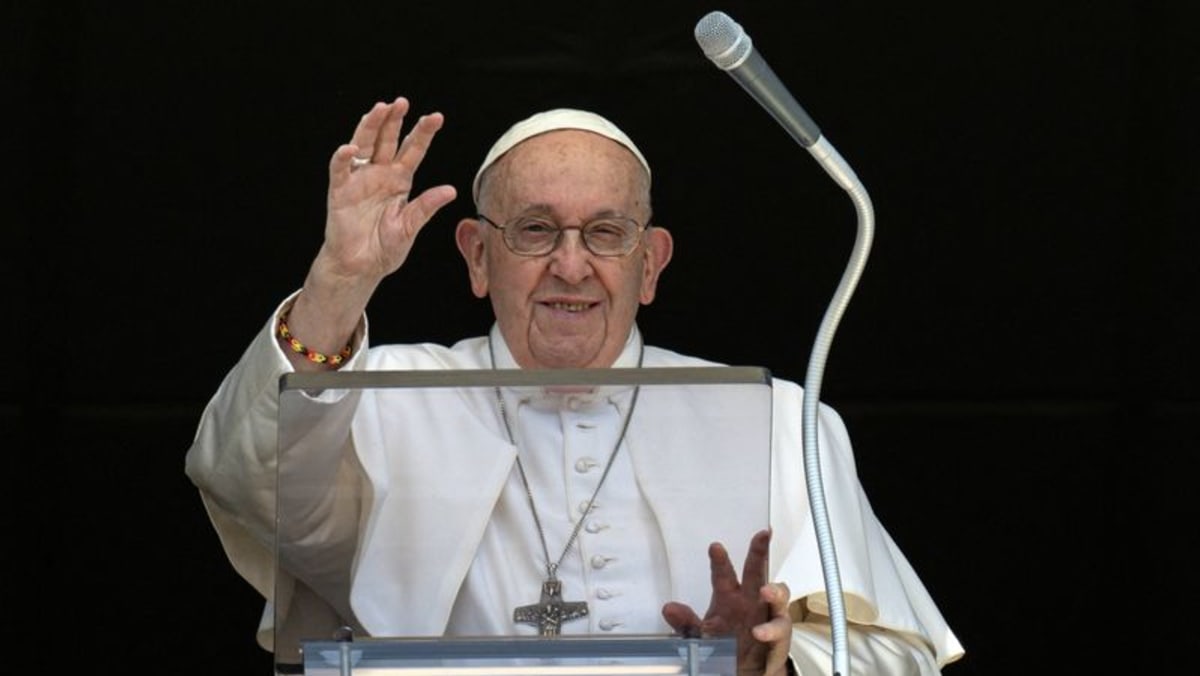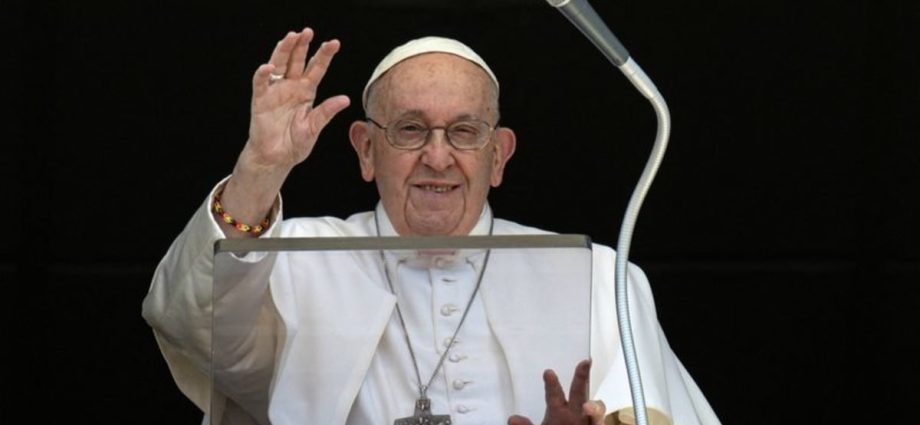
VATICAN CITY: The head of one of the world’s smallest national Catholic communities – Mongolia with 1,450 members – said on Monday that Pope Francis’ visit there will show how far it has come since locals watched “these funny foreigners praying”.
Cardinal Giorgio Marengo, an Italian who administers the Church in the vast country that borders China and Russia, also said the pope’s Aug 31-Sep 4 visit will be a balm to a people who suffered “70 years of harsh communist rule” until the fall of the Soviet Union in the early 1990s.
“The reaction of both the Catholic community and the larger local community was of great wonder and joy and something thrilling. It’s gradually becoming more evident how important and meaningful this visit will be,” he said at a conference.
Pope Francis, who enjoys visiting places where Catholics are a minority, will spend all of his time in Mongolia in Ulaanbaatar, capital of the vast country with fewer Catholics than most parish churches in many places. The smallest of Mongolia’s nine parishes has only 30 members.
Marengo has been a missionary in Mongolia for more than 20 years and recalled his first years.
“We put up two gers,” he said, using the Mongolian word for a tent-like portable circular dwelling.
“One for prayer and one for activities with children … the people of the neighbourhood started entering and watching these funny foreigners who were praying (in Mongolian).”
“They told us ‘we felt there was something special in this ger,'” he said.
Maregno would not be drawn on the political significance of the trip, referring reporters to Vatican diplomats.
The country of about 3.3 million people is strategically significant for the Roman Catholic Church because of its proximity to China, where the Vatican is trying to improve the situation of Catholics.
Mongolia, which was part of China until 1921, has good relations with Beijing. Diplomats say it could be used as an intermediary with China.
About 60 per cent of Mongolians identify as religious. Among those, 87.1 per cent are Buddhist, 5.4 per cent Muslim, 4.2 per cent Shamanist, 2.2 per cent Christian and 1.1 per cent followers of other religions, according to the US State Department.

